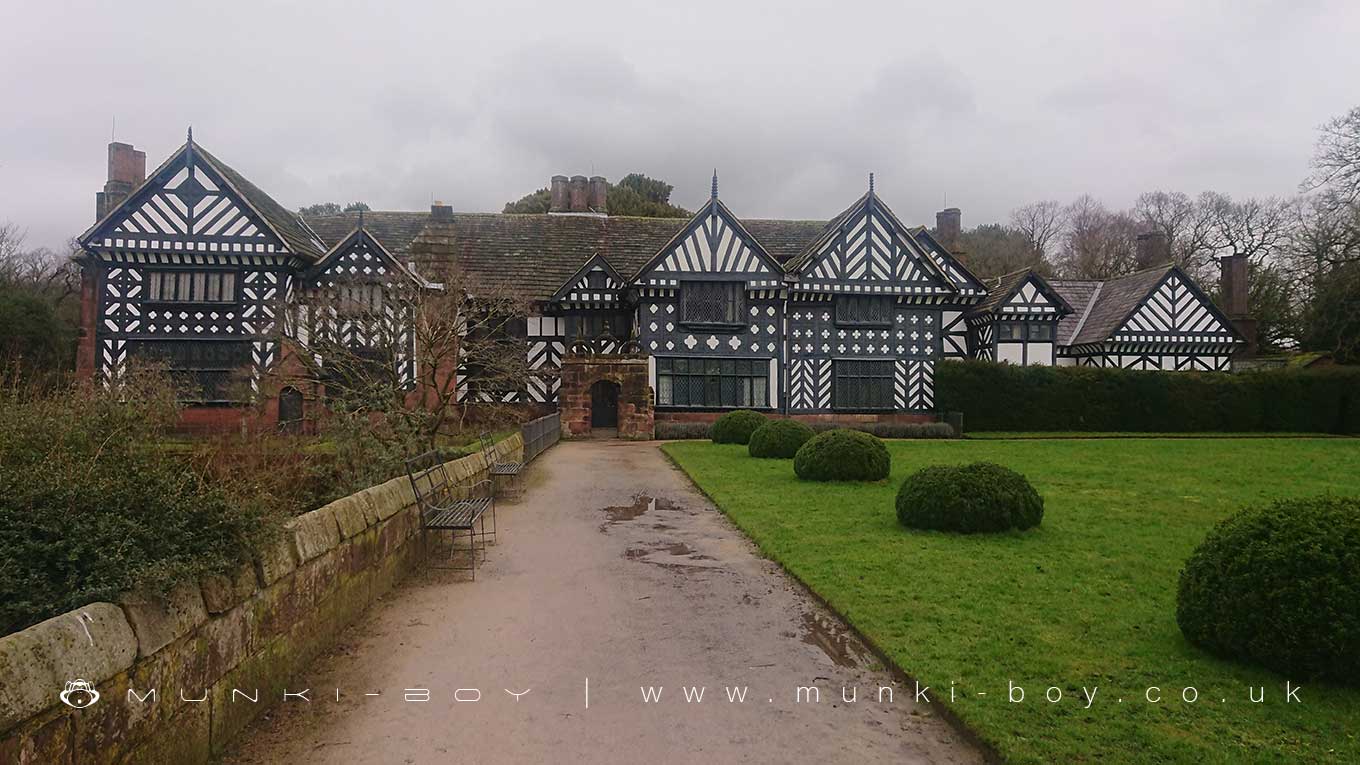
Speke Hall by Simon Owen
Speke Hall
The moated site of Grade II listed Speke Hall is a popular tourist attraction in Liverpool. The site contains one of the best examples of late medieval/early post-medieval timber-framed houses in the country.
The hall has been continuously occupied for almost 700 years and retains considerable evidence of earlier building phases beneath the present structure. Additionally, the monument retains evidence for the extent of the original moat now infilled beneath the lawn southeast of the hall.
The history of Speke Hall is a long and storied one. The manor house was first built in the Tudor period, and has since been restored in the 19th century. The unique mixture of Tudor simplicity and Victorian Arts and Crafts aesthetics makes it a popular tourist destination to this day.However, the history of Speke Hall is not just that of a beautiful house. It is also the story of the people who lived there, and the impact they had on the world around them.
The Norris family, who built and owned Speke Hall for hundreds of years, were devout Catholics who suffered persecution during the Tudor period. To hide their Catholic faith from the authorities, they built a secret priest hole in the hall. This hidden room was used to shelter priests from the law, and to keep the Catholic faith alive during times of persecution.
The Norris family also played a significant role in financing the upkeep of Speke Hall. They did this by leasing out parts of their estate to tenant farmers, who would then pay rent to the family. This system helped to finance the costly repairs and renovations that were carried out on the hall throughout its history.
The Watt family, who owned Speke Hall for many years, were deeply involved in transatlantic slavery. They built Liverpool’s largest slave trading port, and made enormous profits from the trade in human lives. They also owned slaves themselves, and invested in slave-trading voyages. The legacy of this involvement can still be seen at Speke Hall today, with various exhibits that explore the Watt family’s role in slavery.
Speke Hall is more than just a beautiful house. It is a reminder of the past, and of the impact that people have had on the world around them. Its history is one that should be remembered.
This Tudor manor house has been restored in the 19th century, and is now open to the public as a tourist destination. The National Trust helps to preserve Speke Hall by managing its finances, repairing and restoring it, and promoting its history.
The National Trust also looks after the gardens and woodlands around Speke Hall. They have restored these gardens to their former glory, and provide opportunities for people to learn about horticulture and nature.
Created: 26 February 2022 Edited: 29 November 2023
Speke Hall Information
Speke Hall Address
The Walk, Speke, Liverpool L24 1XD, UK
L24 1XD
Website: http://www.nationaltrust.org.uk/speke-hall/
Get directions


